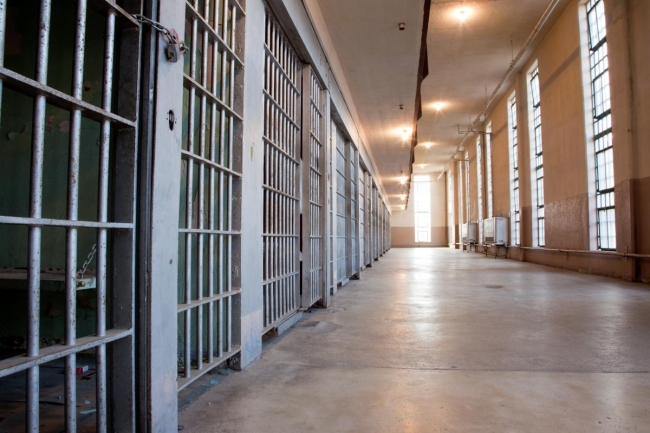You have /5 articles left.
Sign up for a free account or log in.

Incarcerated students will be able to use Second Chance Pell in even more prison education programs across the country.
iStock/Getty Images
The Second Chance Pell Experimental Sites Initiative will be expanded for the 2022-23 award year to allow another 69 colleges and universities to participate, paving the way for even more incarcerated individuals to gain access to higher education.
A maximum of 200 two- and four-year colleges will be able to offer prison education programs with the support of the Pell Grant, up from the 131 institutions currently participating. The department is also planning to broaden the geographic scope of Second Chance Pell, with the goal of having programs in most or all 50 states.
“The department is expanding educational availability to thousands more students,” said Reid Setzer, director of government affairs at the Education Trust. “It’s also building on the bipartisan consensus that the prior policy was wrong and needs to be corrected. I do view it as a significant victory, especially for those students.”
Second Chance Pell was established in 2015 by the Obama administration to provide Pell Grants to people in state and federal prisons so that they could participate in postsecondary education programs. The program was expanded last year under the former secretary of education Betsy DeVos to reach incarcerated students in 42 states and Washington, D.C.
The latest expansion garnered praise from stakeholders and advocates, including from the Vera Institute of Justice, which has provided technical assistance to program participants since its beginning.
“While we eagerly await the Department of Education’s full implementation of the reversal of the Pell ban, Vera is excited to welcome additional colleges into the SCP program,” said Margaret diZerega, director of the Center on Sentencing and Corrections.
Under the 1994 crime bill, Congress banned people in prison from having access to Pell Grants. That ban was lifted last December by Congress, and incarcerated students in college-in-prison programs will be able to apply for federal aid beginning July 2023. The department is planning to publish regulations on Pell Grant eligibility for prison education programs under its negotiated rule-making process prior to it going into effect.
Expanding the Second Chance Pell experiment while also working to regulate the programs -- rather than simply releasing guidance to carry out the lifted ban -- is a “best of both worlds” approach by the department, said Setzer.
“They could’ve implemented it earlier through guidance, but that would not have been binding for a future administration or for the schools themselves,” Setzer said. “But by going through that two-year process, they’re not sacrificing that time because they’ve expanded the experimental sites.”
The additional regulations will help ensure that the prison education programs are of high quality and provide more equitable outcomes for students, said Emily Bouck West, deputy executive director at Higher Learning Advocates. She said that by adding more programs to Second Chance Pell, students will have access to a greater variety of programs and the department will be able to gather the information it needs to support incarcerated students in the future.
“Providing education to incarcerated individuals is critically important, as it benefits individuals and society by reducing recidivism and increasing employment rates after release so individuals are able to escape poverty,” Bouck West said. “It’s also important to consider that people of color are disproportionately affected by the criminal justice system and underrepresented in higher education -- expanded prison education programs can at least help reduce some of these disparities.”
More than 22,000 people have enrolled in Second Chance Pell over four financial aid years, and over 7,000 have earned either an associate’s degree, a bachelor’s degree or a career and technical certificate or diploma, according to recent data from Vera. Students in the program are 48 percent less likely to return to prison than those who don’t participate, and every dollar invested in prison-based education saves taxpayers between $4 and $5 as a result of reduced incarceration costs.
“Expanding high-quality postsecondary education in prison is a proven strategy that helps to address racial equity, improves safety and expands opportunity in our country,” diZerega said. “We are grateful to the Department of Education for its continued commitment to students in prison.”




